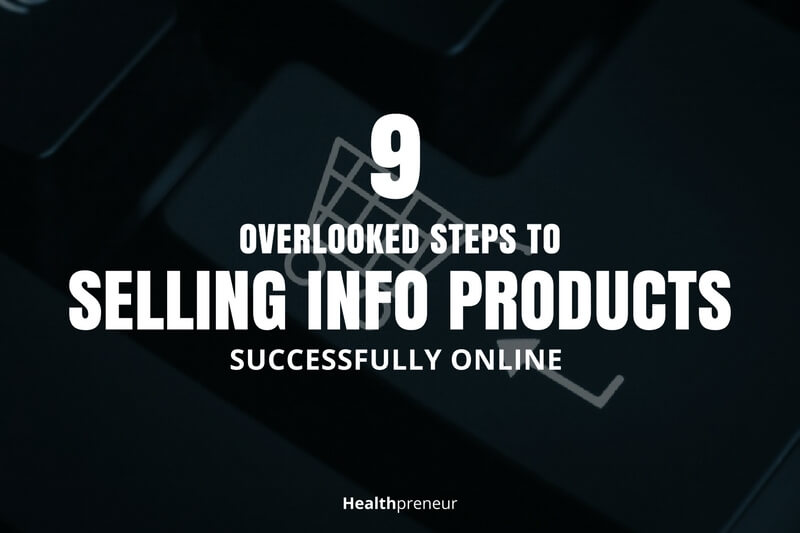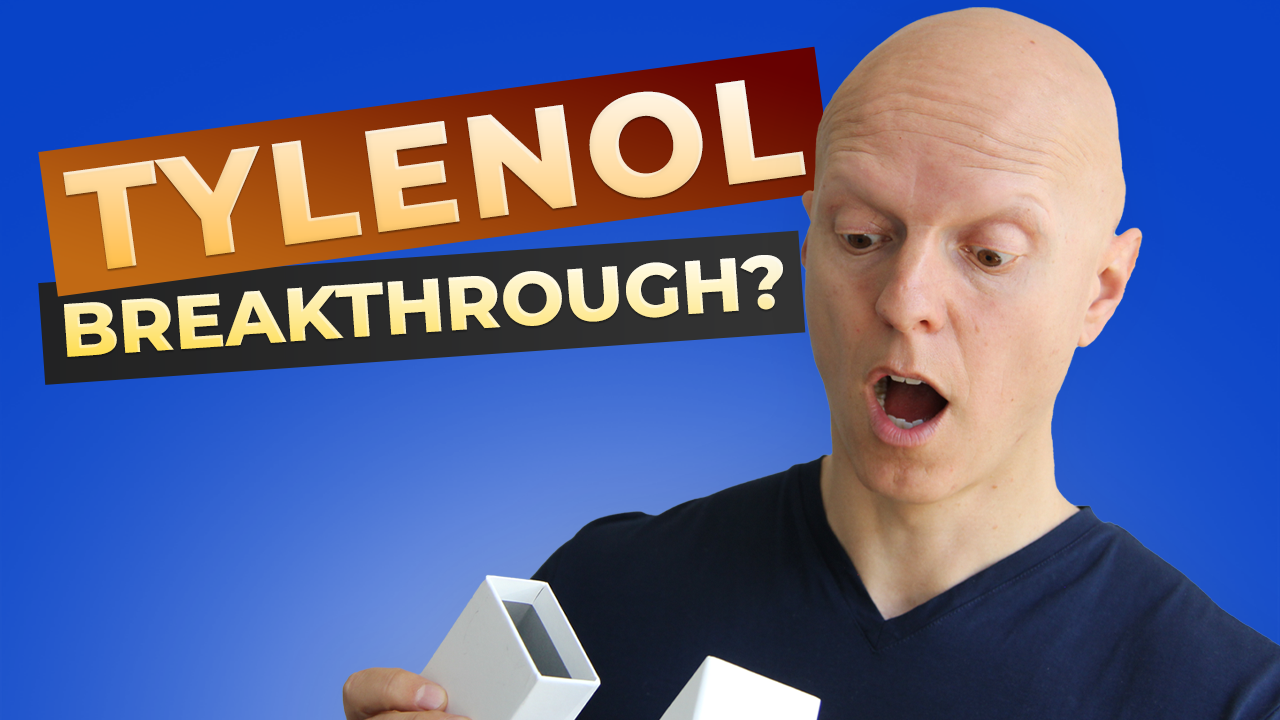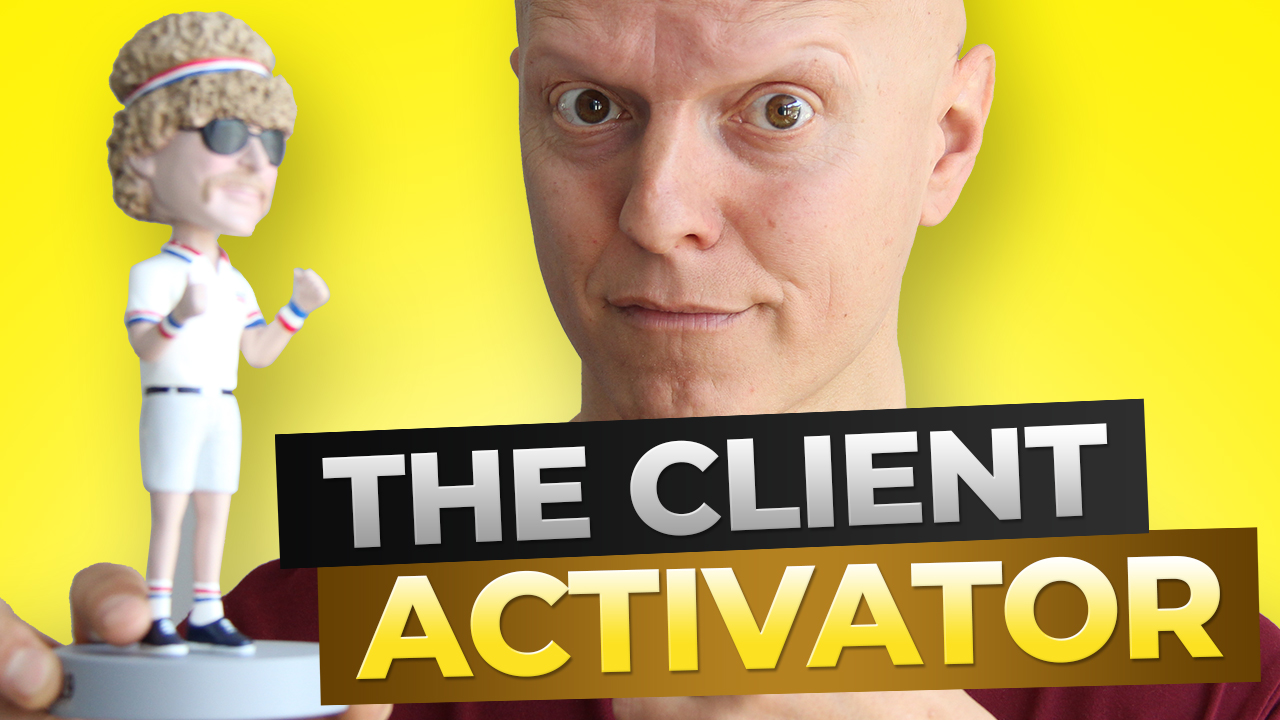9 Overlooked Steps to (Successfully) Selling Information Products Online

Want to create and sell information products online?
In this post I’m going to share nine overlooked steps to being successful with information products, specifically targeted for the health and fitness professional.
First of all, it’s important to note that what I’m going to be covering is different than online training. If you’re doing personal training or coaching clients online and developing programs for them, that’s a different topic.
Here, I’m going to go over key points when it comes to marketing a course, an e-book, video series, or anything else that people can buy and access even when you’re sleeping.
That’s been my bread and butter for the past 11 years online. We’ve developed hundreds of online products including cookbooks, follow-along workout programs, nutrition courses, supplements, as well publishing 3 “conventional” best-selling books.
I’m going to walk you through nine steps that I wish I knew back in the day, because I made a lot of mistakesand even created products that people didn’t care about – and as a result, didn’t sell. I want you to avoid those same potholes, so let’s jump in.
9 Steps to Selling Information Products Online
1. Identify Your Who
This is the basis of your business. Who are you serving? Who is the audience?
You must identify your target market, as specifically as possible. This doesn’t have to be complicated. Simply ask yourself:
“If I could only serve ONE target audience, who would that be?”
A few things to think about here:
- Is this a starving crowd for something you could eventually offer? (pain and urgency sell easily)
- Are these people living in the world of “wants” or “needs”? (it’s a lot easier to sell a workout program to those who already have lots of them and love working out. Sell wants, not needs)
- What’s the potential average customer value here? Do these people have money to spend or are they living off food stamps? (Sure it’s noble to want to help those who need your help the most but they’re often those who don’t see the value in what you’re offering nor have the means to afford it)
2. Target Their Problems
What pain point(s) – pain, urgency, or strong desire – of your target market is your product going to solve?
Most people don’t think about these things before they start creating their products, and it’s very important. Your product has to solve a problem, otherwise there’s a good chance no one is going to want it.
3. Research the Competition
Next, you’ll want to do a bit of basic research and and look at what other people are selling that might be similar to what you are planning to offer.
I say this not so that you copy them but rather to help you make your offer stand out.
What offers are your competitors making, and what specifically are people getting when they purchase those products?
This research will give you a good idea about how you can start to position your product, and make you think about your product a little bit differently than what’s already out there.
A great place to do this research is on is ClickBank.com. We actually sell a lot of our stuff on ClickBank. It’s a terrific marketplace – it’s very easy for people to find your products assuming people are promoting them. And you can have affiliates that you don’t even know start promoting your information products, too, which is pretty cool.
What ClickBank will allow you to do is search under the any category (ie. health and fitness) and see which products are selling the best (based on their ranking).
You can see what these products have in common and what their marketing looks like. However, DO NOT copy them. Otherwise, you’re no different. Just another “me too” product.
Simply take note of what seems to be working and then use that intel to craft your own marketing that is unique to your business.
Why “Funnel Hacking” is Bad Advice
A lot of people these days talk about “funnel hacking” – which is basically looking at other peoples’ funnels and doing exactly what they’re doing.
Yes, to a certain degree it’s a good idea to MODEL what’s working, but it can be tough to make that work. It’s hard to stand out in a very crowded marketplace when everyone is doing the exact same thing. And everyone simply copies everyone else, then everything becomes the same. That’s how an initial product becomes commoditized. And that’s when your business starts to suffer because you can only compete on price.
The more important consideration is that your business should be a reflection of YOU, not someone else. If you don’t like long no value-adding video sales letters, then don’t use them. If you love doing webinars (like I do) and that’s a better fit for your offer, then use those.
Remember, there are many paths to Mecca. You need to determine which one “feels” right for your brand so that you can be as authentic as possible. Not just another slimey offer.
At the end of the day, you have to know what’s out there, how businesses are positioning their products, and thinking about how you can make yours different. That’s what I help you in our 1-day Marketing Makeover workshops.
4. Develop Your Big Idea
The BIG IDEA is the essence of your offer. It’s the hook or mechanism or unique method that makes it stand out as unique, novel, or different.
For instance, let’s look at one of my products, The All Day Fat-Burning Workouts.
The big idea there is that these workouts – in less than 60 minutes of exercise per week – will help you burn fat 24/7, thanks to my “Slow-Fast Method”.
That’s a unique method I coined myself, which essentially represents the tempo of the training that you’re going to be using in the workout.
In a very crowded marketplace, where people have been exposed to dozens – or more likely hundreds – of similar products promising the same thing, they’re going to be asking themselves, why and how is this different than the last thing that I used?
One of the greatest copywriters of all time, Eugene Schwartz, refers to this as “Market Sophistication” and this simple illustration depicts what you need to know…

If you want your health or fitness product to sell well, it needs to STAND OUT. And your big idea or mechanism is going to help it do just that.
So, what’s your unique method, your process, your secret sauce, or your recipe to helping your customer achieve their results?
Identify what it is, then give it a name and break it down so it’s simple to understand and captivating. Remember, we humans LOVE “new”.
 As an example, let’s say you’re helping people lose weight by working out. So is everyone else, right?
As an example, let’s say you’re helping people lose weight by working out. So is everyone else, right?
But what is your mechanism?
Look at P90X – its mechanism is called “muscle confusion”.
That’s not new to us health and fitness professionals. We all basically say “don’t do the same workout all the time” so your muscles don’t plateau and get used to the same workout over time.
But BeachBody (creator of P90x) gave it a name. Now they OWN that concept and stand out in the marketplace as unique and different than other workouts.
5. Write the Sales Copy First
Now that you’ve got the important core elements of your offer figured out, it’s time to create your sales copy. This is basically how you’re going to communicate what it is you offer.
Yes, you’re going to create the marketing before you even create the product. (NOTE: If you already have your product, then just rework the marketing to better fit the product).
Don’t worry about feeling the need to be a copywriting wizard. Just focus on articulating how you’re product moves your prospect from where they are (ie. overweight) to where they want to be (ie. fit and healthy).
Here’s a simple plan to follow:
- List all the features of your product (no one cares about these)
- List the benefits for each of those features (customer really cares about these)
- Describe what the customer gets (breakdown components)
- Determine the actual offer and guarantee (ie. free trial, discount, etc..)
- Write 5-10 versions of main headline (refer to big idea)
- Write the copy
Without overwhelming you, here are 2 basic “sales copy” formulas…
It can be a “before and after” story, like:
“Before, I weighed 400 pounds, and then I used product, and now I weigh 150 pounds.”
Another way you can introduce your product from a sales copy perspective is by following the problem-agitation-solution formula.
Let’s use the example of food choices while dieting.
“You want to lose weight without giving up your favorite recipes or your favorite foods – and I get it. That sucks because there’s nothing worse than going on a diet and feeling deprived and like you’re starving yourself, and then looking in restaurant windows and seeing other people eating their favorite foods. And then you’re biting your nails because you’re so nervous-anxious.”
What I’m doing is agitating the problem.
Next, you present the solution…
“What if there were a way where you could actually lose weight and enjoy your favorite foods – by eating the right foods at the right time – and lose weight effortlessly without depriving yourself? Wouldn’t that be cool?”
That’s how you would segue into your products.
However you write your copy, the most important thing to remember is that…
Your goal is to articulate how your product moves someone from their BEFORE state to a more desirable AFTER state.
And that’s why it’s important to focus on the marketing first. That way, you can create an amazing product that lives up to your marketing claims. It’s very tough to come up with great marketing after the product has been created, especially if it’s a “me too” product that isn’t unique. Doing it the other way around is going to save you a lot of frustration.
6. Create Your Product
After you’ve created the marketing, it’s time to create the actual product.
Many “experts” say you should whip up the product over the weekend and make it available as soon as possible – and that can be valid advice if it’s a simple product.
But if it’s a product that you want to be a little more substantial, it’s going to take you longer than a weekend.
A better idea might be to start off with something relatively small and easy to execute. That way you can more quickly have something in the marketplace, and also get your toes wet, so you can get a feel for what it’s like to go through this process.
I won’t go too deep into the product creation here since I’m sure you’re a rockstar at what you do and packaging your expertise shouldn’t that difficult. Next, let’s look at how you can get out to more people once it’s ready to rock.
7. Distribute Your Product
How are you going to get your product in front of your target audience?
This is where the overwhelm starts to kick in. Should you do Facebook, Instagram, Twitter, Facebook ads, YouTube … or something else?
What I’m going to suggest to you is pick one channel. Just choose one marketing channel and master that.
I think the simplest and the quickest way to have a return on your investments and see money coming in is to run Facebook ads.
It’s a fairly easy platform to understand and if you don’t understand it, you can have somebody else manage it for you in exchange for a percentage of the revenue or a flat monthly retainer.
Whichever traffic source you choose, remember this:
Traffic is never a problem. There’s an endless source of people for your offer and you can get MILLIONS of visitors to your site every single day IF…your offer converts!
For instance, if you spend $1 and acquire a customer that is worth $2, then you no longer have a traffic problem. You’ve literally won the lottery and can spend unlimited amounts of money to acquire more customers.
Traffic becomes a problem when you don’t have confidence in your conversions. Again, that’s why the marketing is so important!
Pick one marketing channel and nail it. If you really dial it in, you don’t even have to go to a second channel. You could just master Facebook ads, and you could have a multi-multi-million dollar business just doing that.
If you start to spread yourself too thin, you’re going to run into overwhelm and all sorts of issues that won’t support your goals.
8. Create Your Marketing Assets (Advanced)
I’m going to suggest something here that very few businesses ever consider. It’s not mandatory but strongly recommended over time.
Here’s why:
Most people only have one sales page for their product.
But what if someone saw that page and didn’t buy the product?
Would you direct them back to that same page every single time? Wouldn’t it make more sense if you had maybe two or three variations of the offer page to offer people based on where they are in your sales cycle?
If they saw the page the first time and didn’t buy, perhaps the next time you presented the offer to them (from a retargeting ad or via email) they would see a slightly different variation that meets them where they’re at in the buying cycle.
By doing so, you’re basically saying (not in these exact words),
“Hey, you saw the offer. Just thought you may want to know this as well,” offering a different angle in a more condensed format, that’s a little bit more to the point.
And then maybe the third time they see your offer, it’s more about overcoming objections.
“Hey, listen. We understand that you’re tight on time, and you think these workouts shouldn’t take forever. Here’s what other people had to say.”
And then you’d litter the page with social proof to overcome those objections.
You can also look at creating a video sales letter as well as a text sales page. Maybe you have a webinar. These are what I call different marketing assets.
Think about it like an octopus: your product is in the middle, and all the tentacles of the octopus are your different marketing assets, your video sales letter, your text sales page, your webinar, etc.

You don’t have to create all of these assets at once. Start with one, and then build them out over time.
9. Monitor Your Key Metrics
When you’re selling a product, obviously you’re going to want to know the conversion rate of people who land on the page to those who actually buy the product.
You’re also going to want to know the average cart value. For instance, if somebody buys a $50 product and there’s nothing after that, then the average cart value or the maximum average cart value is $50 for that one customer.
However, if you were able to add a couple upgrades after the purchase, where you basically say,
“Listen, you bought this product, and I thought you might enjoy this as well (for an extra $20 bucks)…”
Now you’ve increased the value of your cart to $70.
The greater your average cart value, the more you can spend to acquire a customer. And that’s extremely important for being able to rise above the competition.
Now I don’t want to overwhelm you with metrics here but help you understand the importance of identify a few important important and meaningful metrics for your offer so you know that it’s actually working.
If you’re running ads, the basic metric you want to look at is ROI – return on investment. How much are you making relative to how much you’re spending? Are you spending $5 and making $1? Maybe that’s not working out. But if you’re spending $1, making $5, then crank it up. Here’s a simple ROI calculator you can use.
Avoid These Steps at Your Peril
These are the nine often-overlooked steps to successfully selling information products online. Even if you don’t grasp all at once after reading this post, that’s ok. Just work on one at a time – preferably in order. I can promise that if you focus on these 9 steps, you’ll have much more success selling your awesome products than if you didn’t follow these steps.
And if you’d like even more help and have me work with you to help clarify your messaging and craft a winning marketing funnel for your product that can potentially DOUBLE your sales, then request an invitation to one of my upcoming 1-Day Marketing Makeover workshops.
Related posts
February 2, 2020
Keeping Up With The Jones’, Big Plates, and Making More Money
Today we’re going to talk about…
April 20, 2022
Activate MORE CLIENTS Into Your Health Business W/ This System
If you’re a health expert and…



